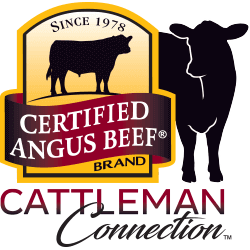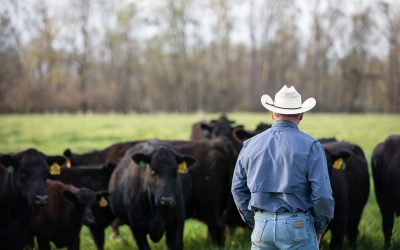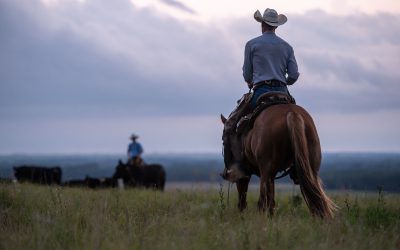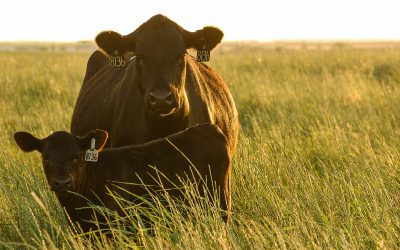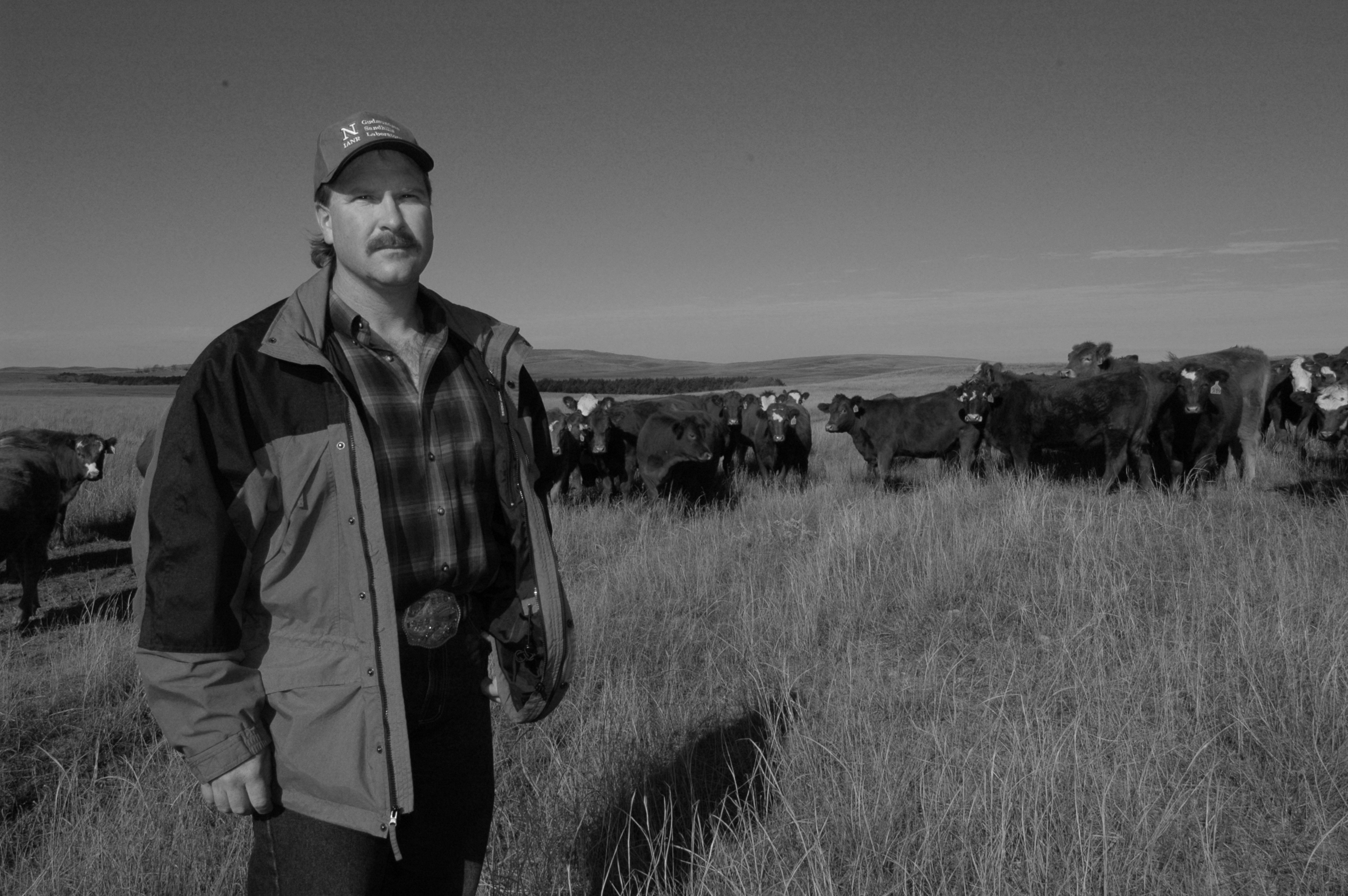
Every story has a number: 30%

But when you’re adding it all up, there’s another number that is “critically important” when it comes to nutrition, says Kim Vonnahme, of North Dakota State University.
30%.
“If we look at a steer from conception to consumption, approximately 30% of that steer’s lifetime is being spent in the uterus,” she says. The placenta accounts for almost a third of its total cumulative nutrition.
Stop and think about that for a minute.
A third of a calf’s nutrition has nothing to do with what you put in front of it. I hadn’t really thought of that until Kim mentioned it during a phone interview. Perhaps you hadn’t either.
Of course, that’s all based on averages, but it roughly translates to: Cowherd nutrition isn’t about the cows, or rather, it’s not just about the cows.
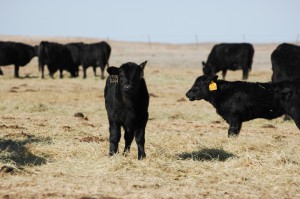
It can be hard to keep up with the herds energy needs because in the last 90 days of pregnancy, fetal growth takes about 30% of the total requirements, she said.
“That is often when we’re also battling things like really cold weather and poor forage quality for spring-calving herds, or really hot weather and poor forge quality for fall-calving herds,” she said.
Hard, but not impossible. It takes planning ahead and preparing for emergencies.
And since many spring-calving herds are about ZERO days away (give or take, of course) from that third trimester, it wouldn’t hurt to give it some thought today.
May your bottom line be filled with black ink,
Miranda
We’re over halfway through our month-long blogging adventure, “Every number has a story.” Catch up here:
Day one: $6.93
Day two: 2.5 million
Day three: $204.10
Day four: 12.1 million
Day five: 11/13
Day six: 8 million
Day seven: 139
Day eight: $39
Day nine: 30.1%
Day 10: 120 million
Day 11: -2.26
Day 12: 12 to 15 minutes
Day 13: 30%
Day 14: 32 million
Day 15: $154,000
You may also like
Progress from small steps
Every day is a chance to learn and get better. Thousands of others like my new friends in Alabama are taking steps to meet the shifts in consumer demand, and to know more. Small steps in the right direction can start now. Even if it’s just recording a snapshot of where you are today, a benchmark for tomorrow.
Not perfect, but working to get better
The CAB Cattleman Connection team heard its name called more than once in the virtual ceremonies, and each time came a sense of personal accomplishment, but even better: confirmation that we’re getting better at our craft. I hope that means we’re doing a better job for you.
Fine-tuned engines
Mineral nutrition plays an important role in every function of cattle – from health, to reproductive performance, to day-to-day activities. However, mineral deficiencies are hard to detect base on physical traits. Supplementation programs can help ensure your cattle are getting the minerals needed to perform their best.
